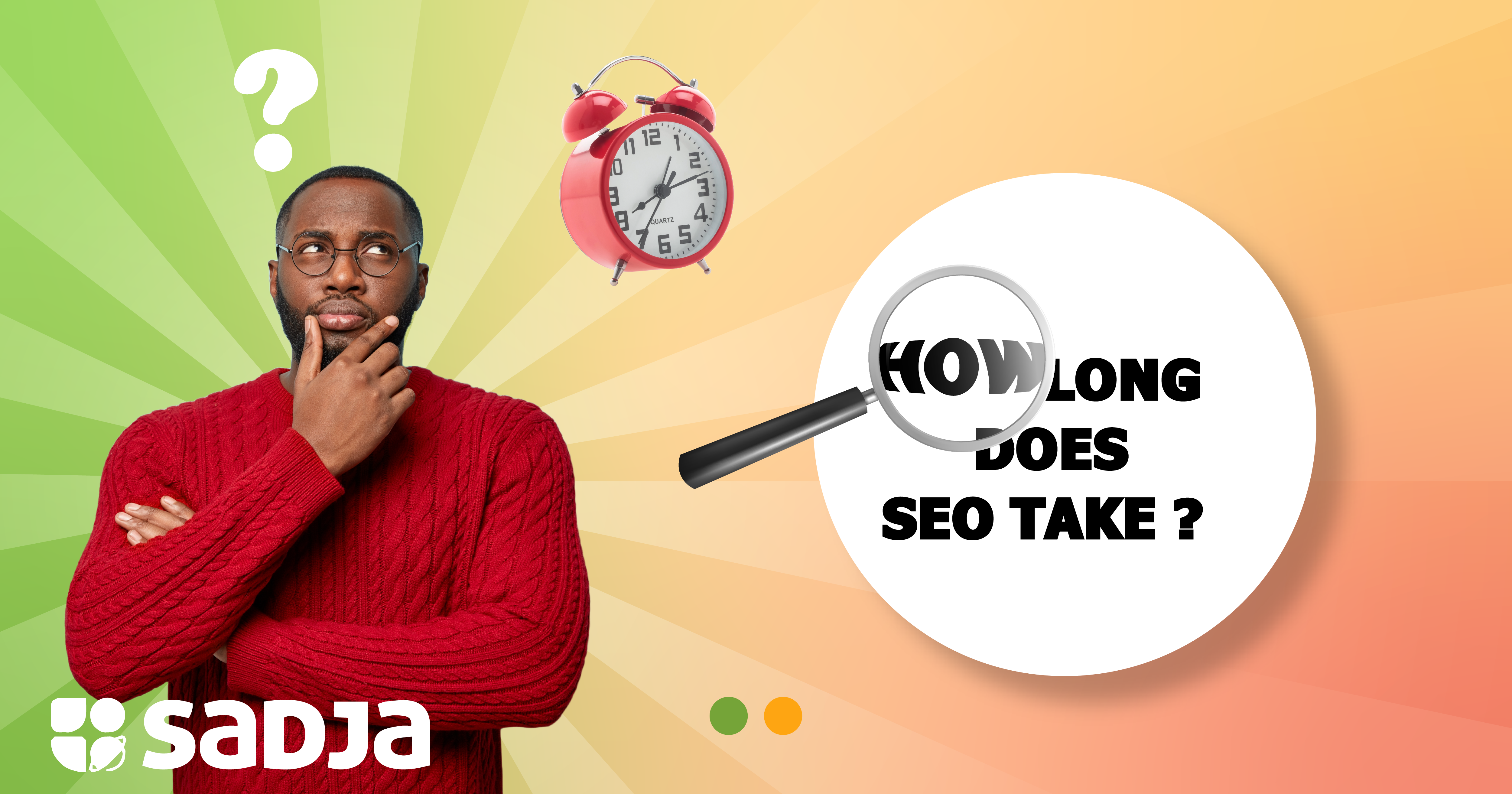Market copywriting is a creative art used for an advertisement to provide value to those who need it, and when they need it. It is the first product your audience buys and invests in it with their time. Think of every way you may talk to your client, describe your product and company, show them their need for it, and speak to them of every way your product will help them.
Here is a strategy on how to write a great marketing copy;
Creating a plan
It is essential to know and understand your audience. As you plan your marketing copy, target your audience to provide value to those who need it, and when they need it. Gather information about the clients from people that know them a little bit more, it could be your boss or salesperson. It will help you stay on course and out of trouble.
A Call to Action
A call to action is an attention grabber that captures your audience into taking the course of action. It should have significance and be worthy of their attention. Also, it should appeal to the audience and have value in the form of their time invested.
Types of marketing copywriting
- By Collateral
- By Medium
- By Style
By Collateral
Collateral is one of the most commonly used types of marketing copywriting there is. You will need a website, The product description, One-liners, information cards, and long foam pieces.
(a)The Brochure
A Brochure is an informative written document used for advertising. It includes a call to action, product description, what makes your company unique, and about your organization. The call to action in the brochure is skillfully put. Brochures may be used as a leave behind, and also used as a great take away in your office.
(b)The Direct marketing Piece
Direct marketing is the form of delivering your pitch to your customers in a condition where they might think you’re slightly intruding. It’s mostly done using email or direct mail. What you communicate should hold value and have significance from the very start to the end to access a whole new audience or get into contact with your old clients.
(c)The Posta
A Posta is used to communicate your brand or reinforce a message and lead people to your website where they can find more information. It consists of brief text that speaks a call to action, and the graphics element dominates the call of action.
(d)The Script
It is used when doing none written messages like a video, audio, animation, and other motions of none written marketing. The call to action is usually subtle or often repeated, depending on the audience and the product.
(e)The One Liner
With the One Liner, there are rarely supporting graphics. It is often used for business cards, Banners, or on social media, E.g., Order Now, We are Back in Business.
The Medium
A medium is the marketing channel in which the message is communicated. It could be online, in print, or on the radio.
The Style
The Style of writing is unique to each writer.
Examples of Style include
1.Teaching Style
It is a style that communicates and shows your audience exactly what you do and what you do. This leads them to what they need and why they need your product to satisfy their need.
2.The Straight Shot
This Style involves going straight ahead to describe what you have and why your product stands out. A call to action follows it.
3.Laughter Style
This Style involves presenting your message and call to action by adding humor to it.
Note; It is advised to use it sparingly as it is easy to get your audience offended.
Other styles include the scare tactic and the hard sell, which are similar because of their instant calls to action.
After carefully considering collateral and medium, you move ahead to writing your market copy.
Headline
Your marketing copy is going to need a headline that is eye-catching and attention-grabbing. The headline should be driven by your copy. You can test your headlines and come up with one that has the most significant response for use.
Writing the marketing copy.
First, consider removing interruptions, find a private space, and have your writing tools.
In the first minutes, consider free writing. Think of ideas, and get whatever comes to your mind into writing. This will get you into the writing mind space that you need.
Have your copy polished by having someone edit and proofread on your behalf. This is because that person will have a different view from yours. Check out for spelling errors and proper grammar and punctuation.
Sell your page to your clients by enticing them with a fun summary, for them to see value in your writing beyond the call to action.
Furthermore, you can also provide a table of content, a clear table of content, and a clear picture of what the reader will see to entice them.
Structuring for Print and Online.
Print and online structuring should pass the blank sheet test where every element on the page has to make sense when written on a blank paper and shown to a stranger.
They differ so that the print is permanent, and what you write can’t be changed, while with the online structuring, it’s editable.
Both should not have more than 5-6 lines per paragraph, and not more than 13-15 words in a sentence.
Using Topography
Make your article easily scanned because people love to read short copies, which can directly impact your work. Have paragraphs and subheadings that let the reader stop to read and quickly skim through for what they would need.
Re-writing copies for the Web page, Product description, and Social media
Have a clear call to action, make the copy scannable, and change from passive voice to active voice. Pair the words with relevant images where necessary and always address the reader by using words like You and Yours.
Manage your copywriting team.
Organize the team, mentor, and educate them.
Having a reading list and letting everyone be a part of it.
Avoid template mentality and understand when mistakes happen and not point fingers at your team members in front of others.
Lastly, have a brand voice. A brand voice is everything that will impact your audience’s emotional response to you. It is defined by your Style of communication and considers how you talk to your customers. Having all this into consideration will have you with a marketing copy that will enable you to achieve your goals.
 +256 206 300885
+256 206 300885


